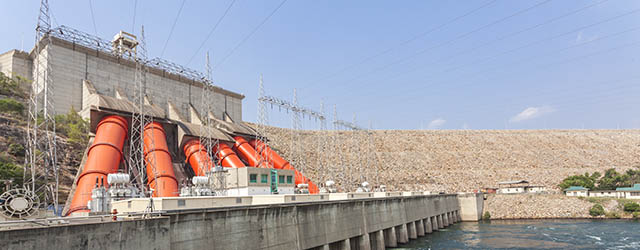Water bonds are an increasingly popular funding mechanism to finance environmental stewardship related to water use.

The recently released annual United Nations World Water Development Report highlights an increasingly popular financing mechanism, called water bonds, which are used to finance environmental stewardship related to water use.
The San Francisco Public Utilities Commission (SFPUC) in California issued the first such instrument just two years ago, to pay for sustainable storm-water management and wastewater projects.
A few months later, the SFPUC added a similar $259 million offering. Washington DC soon followed suit, and within a year some $1 billion worth of water bonds were available on the market, including the first African issuance, in Cape Town, South Africa.
Arup, a private firm of designers, planners, engineers, consultants and technical specialists, along with the Rockefeller Foundation and several water-related NGOs, are helping mayors in places such as Amman, Rotterdam, Mexico City and Miami develop and fund sustainable water projects, according to John Matthews, coordinator and co-founder of the Alliance for Global Water Adaptation (AGWA).
Development bank officials and private investors are beginning to recognize “that water is not just a sector; that fresh water cuts across sectors, with special risks and opportunities,” Matthews says. He adds that water-intensive projects in areas such as energy, urban development and agriculture are increasingly likely to be viewed as “investments in resilient water management.”
Matthews played a key role in the development of the Water Climate Bonds Standard, which established scoring criteria that rank projects on vectors such as climate adaptation and environmental impact.
Over 100 experts in aquatic ecosystems, engineering, governance, environmental economics and hydrology took part in the standards-development process, including organization such as AGWA, Ceres, the Climate Bonds Initiative, the World Resources Institute, the CDP (formerly the Carbon Disclosure Project) and the Stockholm International Water Institute. They developed standards both for traditional human-built “gray” water infrastructure and nature-based solutions, defined as “actions to protect, sustainably manage and restore natural or modified ecosystems,” according to environmental group the International Union for Conservation of Nature.



